Early Beginnings of Education
The origins of education trace back to the ancient civilizations of Mesopotamia, Egypt, Greece, and China, where the foundational practices of teaching and learning were established. In these societies, education was primarily the privilege of the elite, aimed at preserving social hierarchies and training future administrators, priests, and leaders.
Education in Ancient Civilizations
- Mesopotamia: Often credited with creating one of the first writing systems, the cuneiform, education in Mesopotamia was closely tied to the training of scribes. These scribes played a crucial role in the administration of city-states, maintaining records and conducting correspondence.
- Egypt: Education in ancient Egypt was similarly focused on writing, with an emphasis on hieroglyphics. Schools, often attached to temples or palaces, prepared students for roles in the government and religious institutions.
- Greece: Ancient Greece introduced a more broad-based approach to education, emphasizing philosophy, arts, and physical education alongside reading and writing. The teachings of Socrates, Plato, and Aristotle laid the groundwork for Western philosophical thought.
- China: With a strong emphasis on moral and ethical teachings, education in ancient China was deeply influenced by Confucius. The imperial examination system, established during the Han Dynasty, was a significant milestone, linking education to governmental service.
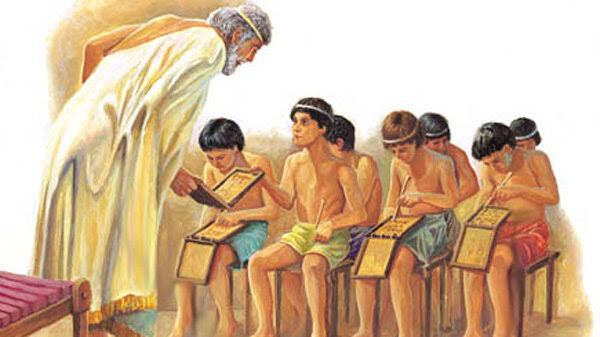
The Role of Oral Traditions and Early Writing Systems
Oral traditions played a vital role in the transmission of knowledge and culture before the advent of writing systems. Stories, myths, and practical knowledge were passed down through generations, shaping the collective memory of societies. The development of writing systems marked a pivotal shift, allowing for the preservation and dissemination of knowledge across time and space.
The Establishment of the First Schools and Universities
The first formal schools were established in ancient civilizations for the training of scribes and priests. These institutions were often closely linked to temples or palaces. The concept of the university as an institution dedicated to higher learning and research emerged much later. The medieval universities of Bologna, Paris, and Oxford, founded in the 11th and 12th centuries, were among the first to offer a structured curriculum across various fields of study, setting the model for modern universities.
The Classical and Medieval Periods
The Influence of Greek Philosophers on Education
Greek philosophers such as Socrates, Plato, and Aristotle had a profound impact on education, each contributing distinct ideas about teaching, learning, and the purpose of education. Socrates introduced the Socratic method, emphasizing questioning and critical thinking. Plato’s Academy was one of the first institutions to pursue higher education, while Aristotle’s Lyceum focused on empirical observation and categorization of knowledge.
Roman Education and Its Contributions
Roman education built upon Greek foundations but was more pragmatic, focusing on law, rhetoric, and public administration to prepare citizens for roles in the vast Roman Empire. The Romans established formal schools that were accessible to a broader segment of the population, including the poor.
Medieval Education in Europe and the Islamic World
During the medieval period, education in Europe was largely confined to monasteries and cathedrals, with a strong emphasis on religious instruction. In contrast, the Islamic world experienced a golden age of science, mathematics, and philosophy. The House of Wisdom in Baghdad exemplified this, serving as a major center for the translation and study of Greek and Persian texts.
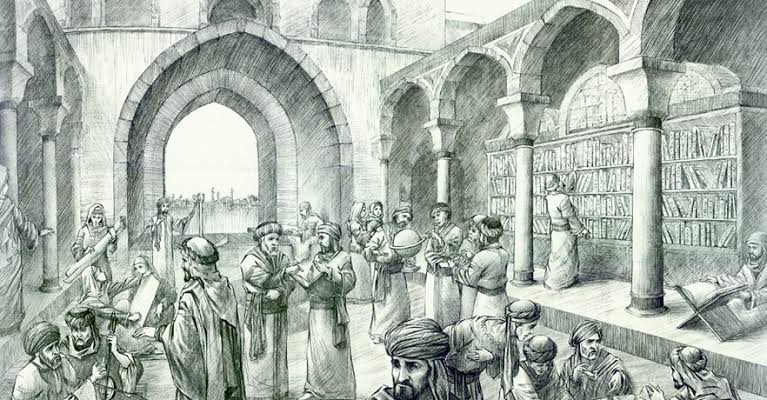
The Founding of Medieval Universities
The establishment of universities in Bologna, Paris, and Oxford marked a significant evolution in educational institutions. These universities became centers of learning and scholarship, offering courses in theology, law, medicine, and the arts. The creation of these institutions laid the groundwork for the modern university system, emphasizing academic freedom and intellectual inquiry.
This exploration of early education and the transition into classical and medieval periods highlights the evolution of educational practices and institutions, setting the stage for further developments in the Renaissance and beyond.
The Renaissance and Enlightenment Periods
The Renaissance’s Impact on Education through Humanism
The Renaissance, a period of renewed interest in the arts, science, and the philosophies of ancient Greece and Rome, significantly influenced education through the lens of humanism. This intellectual movement placed a strong emphasis on the study of classical antiquities, leading to a curriculum that favored liberal arts, literature, and philosophy. Education became more accessible beyond the clergy and nobility, fostering a culture of inquiry, individualism, and secularism.
Formation of Academies and the Spread of Scientific Knowledge
The Renaissance also saw the formation of academies, such as the Platonic Academy in Florence, which were dedicated to the discussion and dissemination of scientific and humanistic knowledge. These institutions played a crucial role in advancing scientific thought, departing from scholasticism and embracing empirical evidence as a source of knowledge.
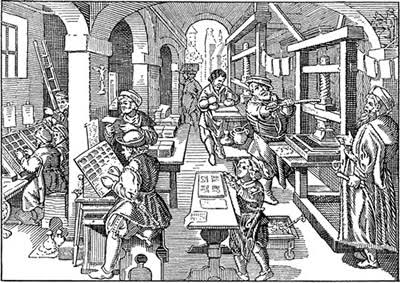
The Enlightenment and the Emphasis on Reason, Critical Thinking, and Education for All
The Enlightenment further advanced the cause of education by promoting reason, critical thinking, and the idea that education should be accessible to all. Philosophers like John Locke and Jean-Jacques Rousseau argued for education that nurtured critical thinking and moral judgment. The period advocated for public education systems that could create informed citizens, laying the groundwork for modern democratic societies.
The Industrial Revolution to the 20th Century
The Effect of the Industrial Revolution on Educational Needs and Institutions
The Industrial Revolution brought profound changes to society, economy, and technology, which in turn affected educational needs and institutions. The demand for a skilled workforce led to the development of technical and vocational education, adapting to the needs of industrialized economies.
The Development of Compulsory Education Laws
To meet the demands of industrialization, many countries introduced compulsory education laws in the 19th and early 20th centuries, ensuring that all children had access to basic education. This movement aimed to eliminate child labor, reduce social inequalities, and create a literate workforce.
The Expansion of Secondary and Vocational Education
As the 20th century progressed, the need for higher-level skills led to the expansion of secondary and vocational education. Schools began to offer more diverse curricula, including technical, vocational, and business education, to prepare students for a variety of careers in a rapidly changing world.
Progressive Education Movements and Their Influence on Modern Schooling
Progressive education movements, inspired by educators like John Dewey, emphasized experiential learning, critical thinking, and the development of democratic values. These ideas influenced modern schooling by advocating for student-centered learning environments and practical, life-relevant education.
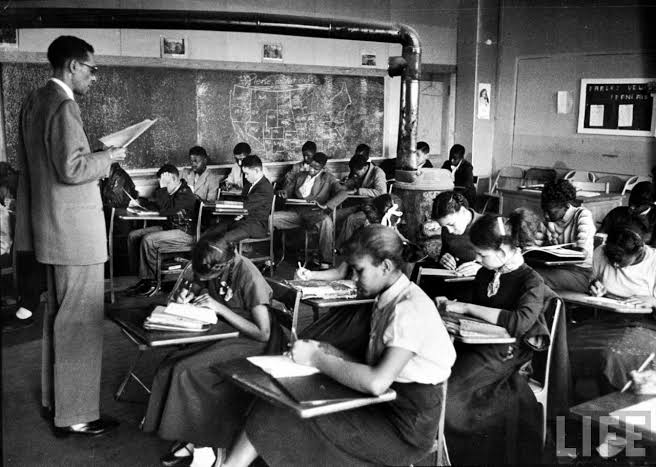
Education in the 20th and 21st Centuries
The Rise of Universal Education and Global Literacy Efforts
The 20th and 21st centuries have seen significant efforts towards achieving universal education and improving global literacy rates. International organizations, such as UNESCO, have worked to promote education for all, leading to a dramatic increase in literacy and enrollment rates worldwide.
The Impact of Technology on Education
Technology has profoundly transformed education, from the use of radio and television in the 20th century to the advent of the internet and online learning platforms in the 21st century. These technologies have made education more accessible and flexible, supporting a range of learning styles and enabling lifelong learning opportunities.
Changes in Educational Philosophy and Pedagogy
Contemporary education has seen shifts in philosophy and pedagogy, emphasizing constructivism, collaborative learning, and the integration of technology in teaching. These changes reflect a deeper understanding of how individuals learn and the need to prepare students for a complex, interconnected world.
The Growth of International Educational Organizations and Standards
The globalization of education has led to the growth of international educational organizations and the adoption of global standards. These developments aim to ensure quality education, promote educational exchange, and prepare students for global citizenship.
Source:
- ChatGPT. (n.d.). OpenAI. https://chat.openai.com/#
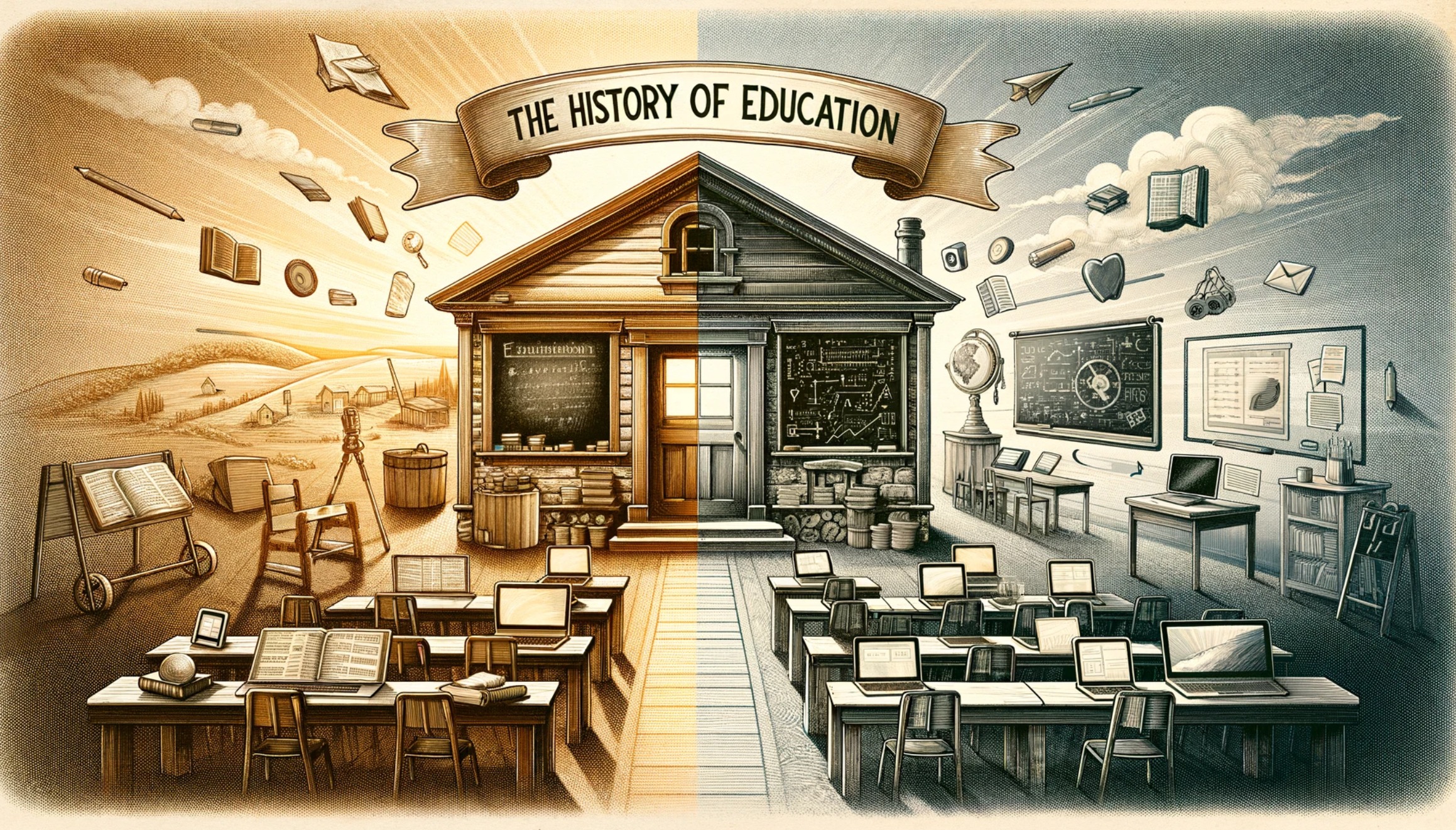








No responses yet